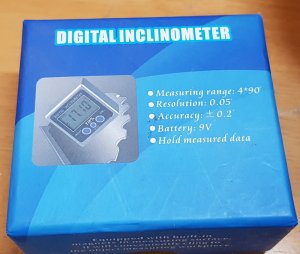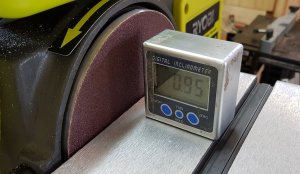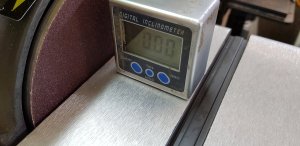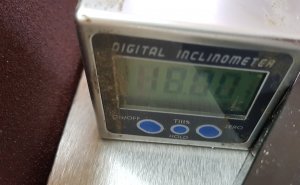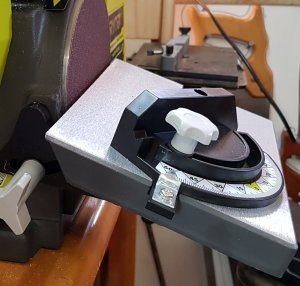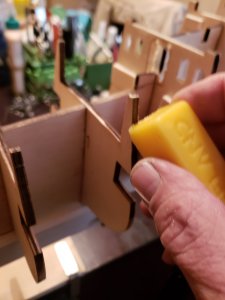There's another aide that may help others.
Having Parkinson's disease, my right hand shakes a lot and glueing things are difficult.
If I want to make a square frame for instance, I firstly draw it on a good quality architecture drawing paper IN REVERSE DIRECTIONAL. Then a quick spray of contact adhesive glue over the drawing will leave it tacky, but not too sticky.
Using the point of a needle, scalpel or similar, I nudge the first piece where it should be, do not press on hard.
After all the pieces are laid down, I sprinkle talcum powder over the spray adhesive. Be very careful not to get talcum powder on the timber frame.
Then the next until they are all in place.
THEN getting baking paper, I then spray adhesive on it, more than the architectural drawing paper. Using my handle of the scalpel, I rub over each piece and carefully peal the baking paper WITH the frame off the architectural paper.
Now that the frame is on the baking paper, you can start gluing the frame together. The glue wouldn't stick to the baking paper easy, so when the frame's joints are dry and firm it can come off the baking paper. Clean up both sides with sandpaper.
That's it.
Happymodeling
Greg




